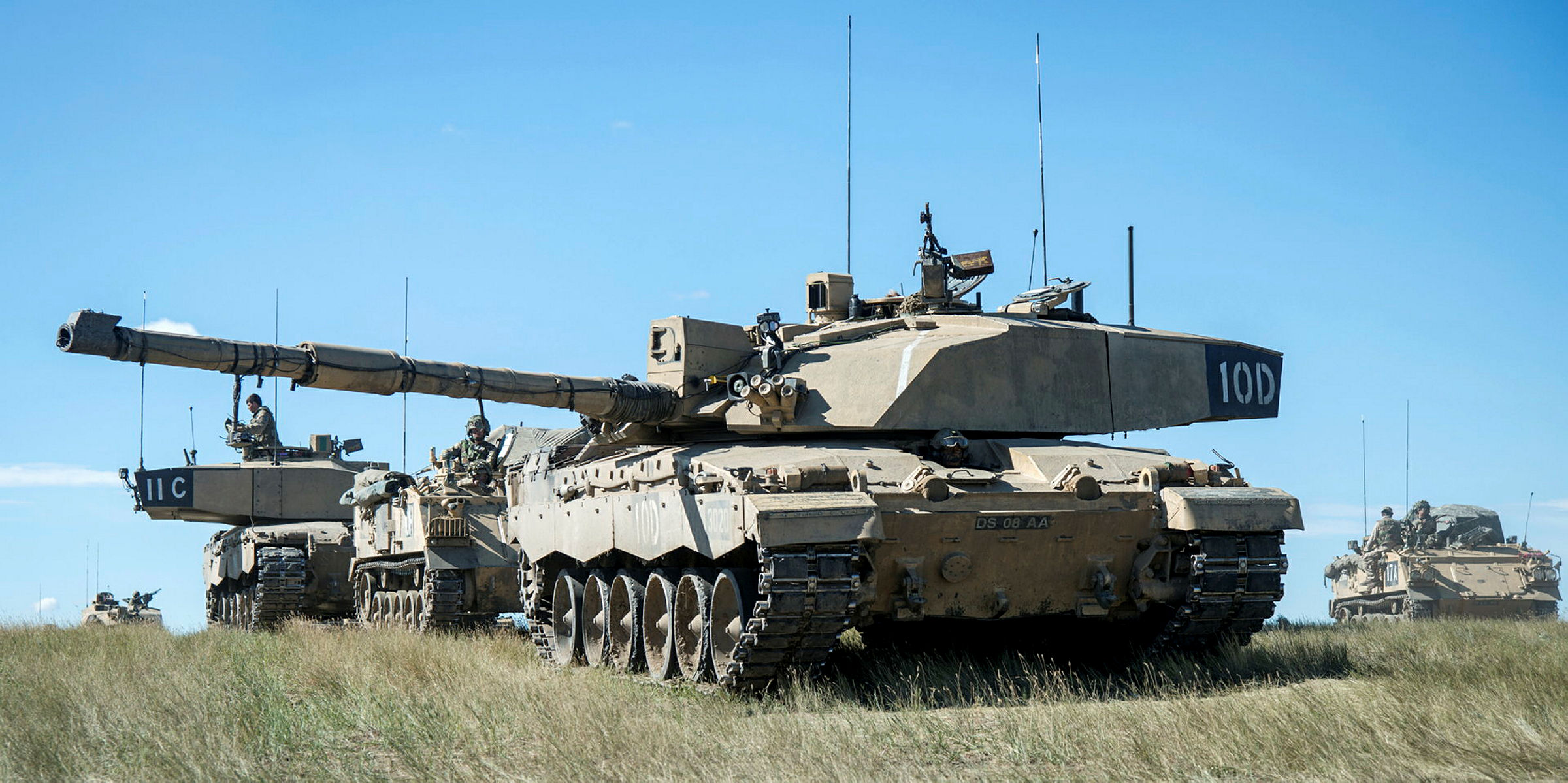Challenge
As the Senior Responsible Owner (SRO), Financial and Military Capability (FMC) Carrier Enabled Power Projection (CEPP) needed to understand the costs across the CEPP Programme to be able to make informed decisions and to enable good Governance. Specifically, SRO CEPP wanted to understand the different potential operating concepts for the use of the new Queen Elizabeth Class (QEC) carriers and all supporting assets and infrastructure, and the impact on annual operating and support costs. This information would be used to inform decision-making across Defence – including decisions by the Prime Minister – on the choices affecting the number of QEC carriers to be retained and actively utilised in the future.
Approach
A joint MoD-Dstl-Industry team was created under the leadership of the FMC Senior Analyst. The team created a series of high-level ‘Postures’ that reflected the possible uses of the QEC vessels, ranging from using only one QEC for a very limited set of roles through to using both vessels across a broad set of military tasks, including Carrier Strike, Littoral Manoeuvre, and ‘Hybrid’ operations. For each of these Postures, the team created numerous Activity Cycles to reflect the impact of the necessary training and all other activities on the utilisation of QEC and all of the supporting assets in the Task Group and wider Defence enterprise (Fleet Solid Support ships, transport, attack and Airborne Early Warning helicopters, Joint Combat Aircraft, Royal Marine Commandos and Portsmouth Naval Base, etc.).
For each of the Activity cycles, the cost impact was assessed for all CEPP ‘systems’ across all Defence Lines of Development (DLoDs), and a model was developed to generate the annual cost deltas for all of the Postures and Activity Cycles. That Headline Operating Model (HOM) was used to assess the cost impacts that, when combined with other capability / benefits modelling coming from other parts of the team, allowed a comprehensive picture of costs vs capability to be created. The approach, process and results were briefed widely across Defence and other Government Departments (notably HM Treasury and the Cabinet Office) so that decisions could be made ahead of, and feeding into, the Strategic Defence and Security Review (SDSR) 2015.
Outputs
The analysis enabled FMC-CEPP to demonstrate that the cost deltas to Defence for changing the number of active QEC and the overall CEPP utilisation was reasonably flat relative to the total costs, and could be absorbed within the proposed Defence budgets. In addition, the study supplied cost and operational data to feed into a wider set of cost outputs being collated by Defence Equipment & Support (DE&S) Cost Assurance and Analysis Services (CAAS) to inform budgeting and overall affordability for Defence and advising MoD on the cost impacts of meeting potential aspirational utility of the Royal Navy.
You can find out more about RED’s Investment Appraisal work here.
Feedback
In June 2015, the CEPP HOM analysis team received a Commendation from the MoD Chief Scientific Advisor for the development of the “unique, technically excellent Headline Operating Model (HOM), which provided evidence and costs on how the aircraft carriers can be best employed. The output from the HOM analysis was used to justify the second carrier becoming operational and announced by the Prime Minister [at the NATO Summit held in Newport, Wales] in September 2014.”
What it was like to work on
Lead Analyst Spencer Woodford commented: “Having started work on this capability prior to SDSR 2010, it has been very satisfying to see the progress that has been made on the Carrier-Enabled Power Projection Programme, and to have had the opportunity to work with a very large group of diverse Stakeholders. Managing the expectations of such a large group was challenging at times, but the analysis team performed brilliantly, and it was a proud day for us all to see our analysis as having underpinned evidence-based decisions by the Prime Minister.”



